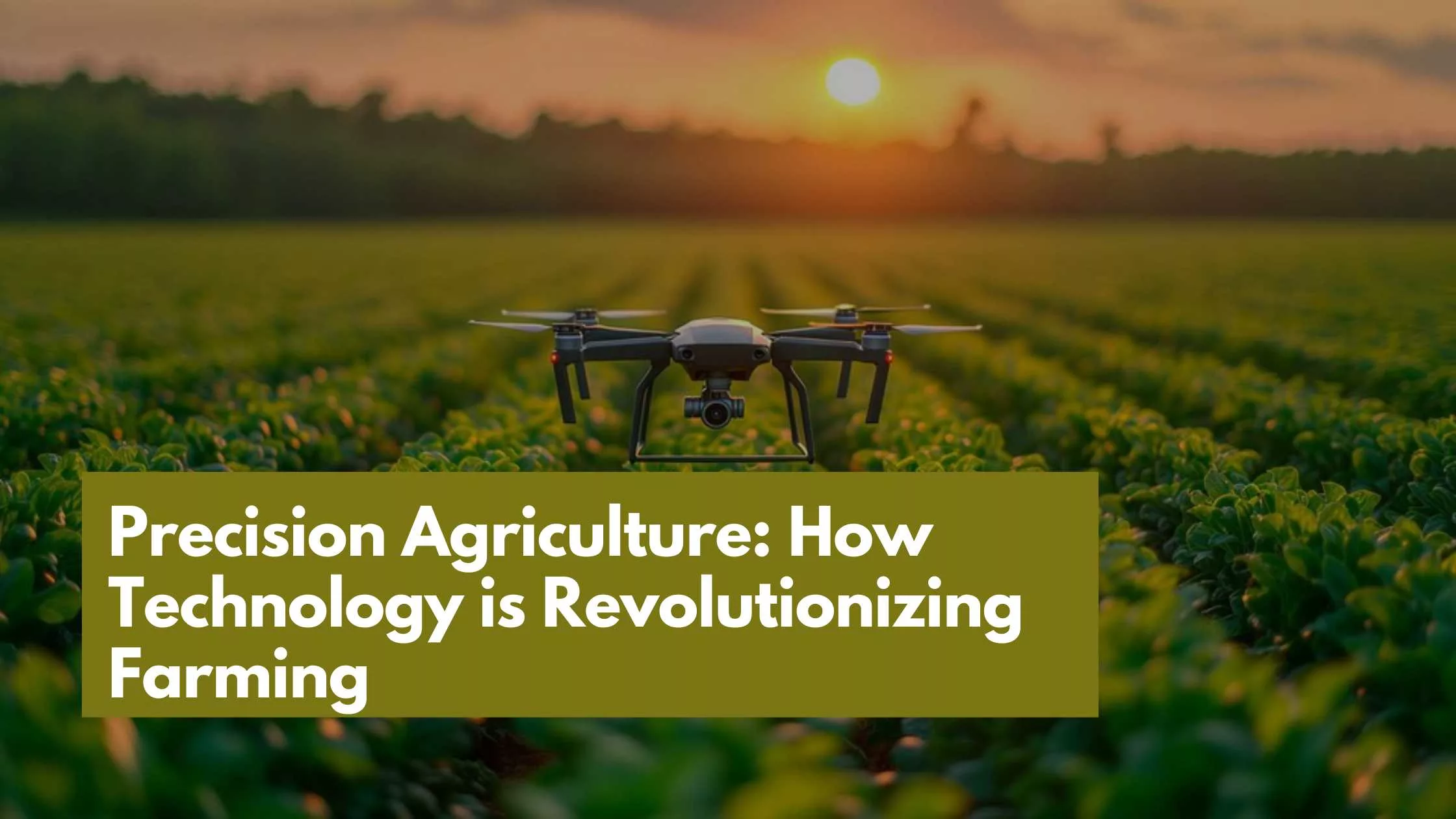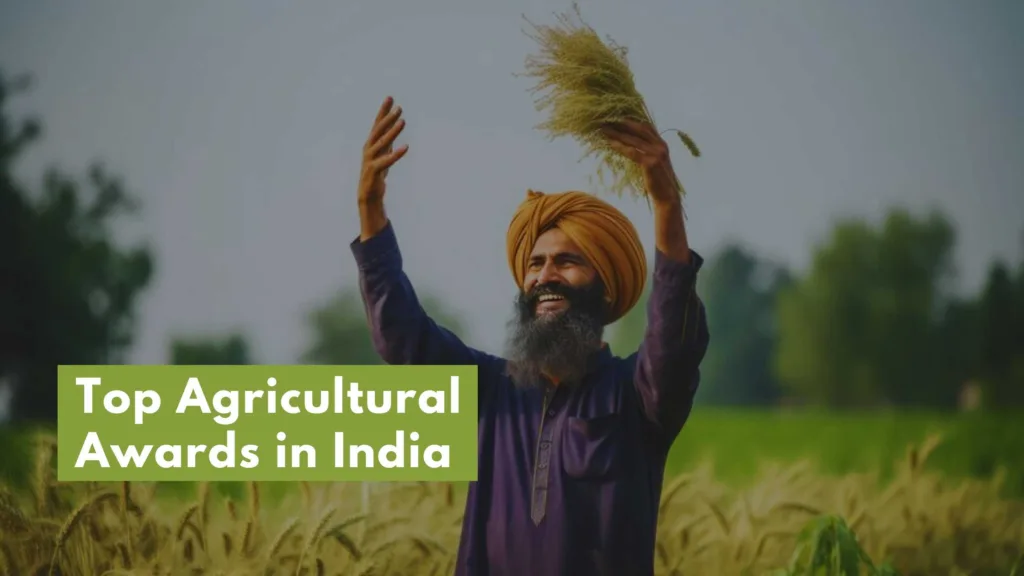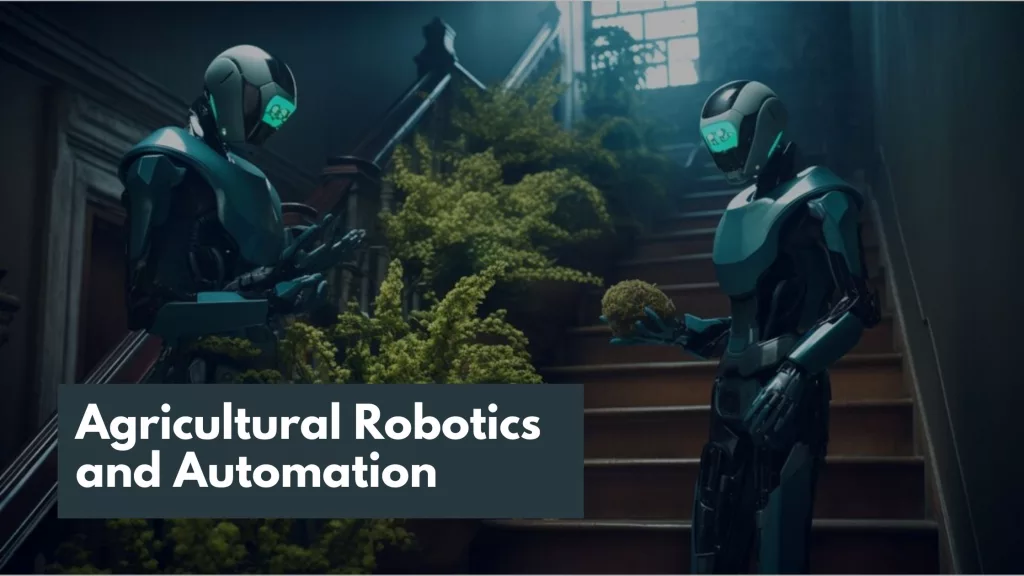Introduction
Since the beginning of human civilization, agriculture has been essential for supplying food, fibre, and fuel. Farmers have used several innovations to increase agricultural yields and operational effectiveness. The agriculture industry has seen a substantial transition recently as a result of the integration of technology. Precision agriculture, sometimes called smart farming or digital farming, uses cutting-edge technologies to improve agricultural methods, increase production, and cut down on resource waste. This blog examines precision agriculture’s many facets and significant influence on contemporary agrarian methods.
What is Precision Agriculture?
To monitor, analyze, and manage agricultural operations with a high degree of accuracy and efficiency, a practice known as “precision agriculture” is used. Making intelligent judgments and administering personalized therapies to specific plants or regions of a field depends on data-driven insights and automated technologies. Precision agriculture enables farmers to target their activities and resources accurately, leading to optimized crop output. It utilizes sensors, drones, GPS, robots, AI, and machine learning.
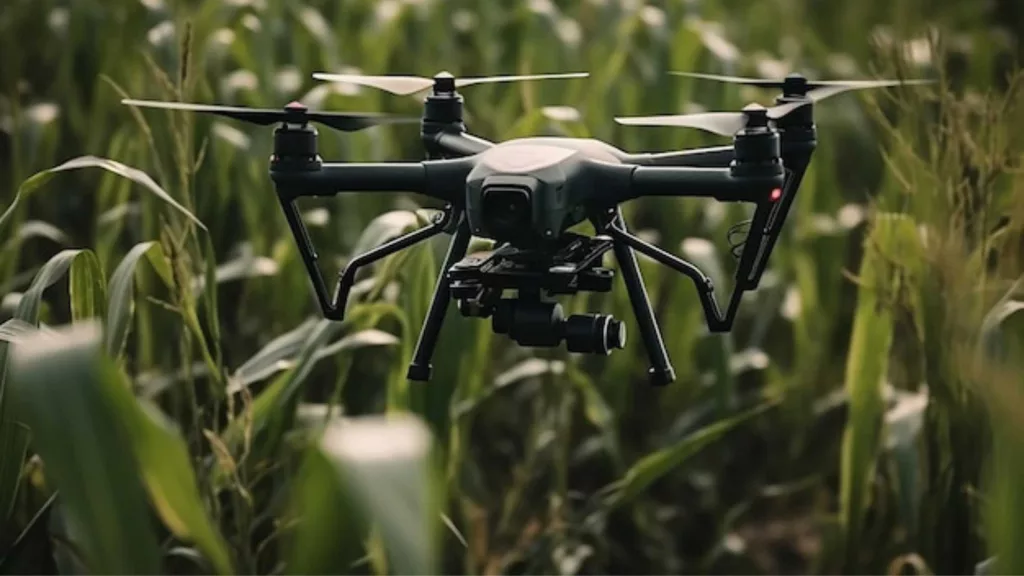
Key technologies enabling precision agriculture
Geographic Information System (GIS):
GIS creates precise maps of fields by combining satellite photos, GPS data, and other geospatial information. These maps aid farmers in soil variability analysis, seed planting planning, and pesticide and fertilizer application optimization.
Remote Sensing:
Remote sensing techniques use satellites, drones, or aircraft to collect information on crop health, water stress, and nutrient deficits. Farmers may detect problem areas with this information and quickly implement solutions.
Internet of Things (IoT):
IoT gadgets like weather stations, soil moisture monitors, and innovative irrigation systems gather real-time agricultural data. Farmers can monitor circumstances, make educated decisions, and automate operations thanks to the data supplied to them.
Robotics and automation:
Robots with sensors and cameras can efficiently and accurately carry out operations like planting, spraying, and harvesting. Automation lessens the need for human labour, enhances accuracy, and boosts output.
Machine learning and artificial intelligence:
Machine learning algorithms and AI models sift through enormous volumes of data to produce valuable insights. They can forecast crop illnesses, allocate resources efficiently, and suggest improved farm management.
Benefits of precision agriculture
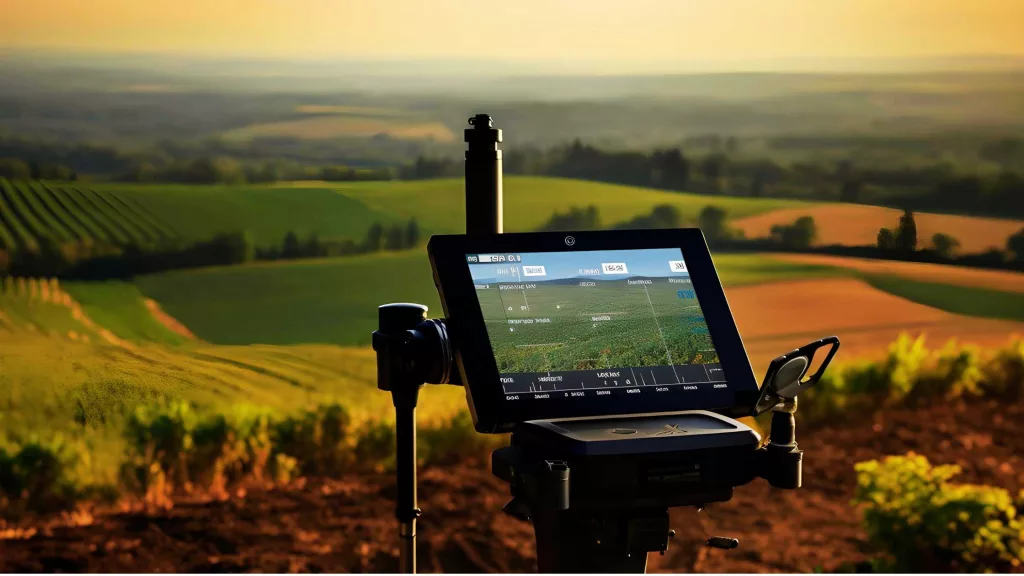
Enhanced Crop Yields:
Thanks to precision agricultural technology, farmers can quickly identify and manage problems like nutrient deficits, insect infestations, and water stress. This proactive strategy guarantees higher yields and healthier crops.
Resource Efficiency:
Precision agriculture reduces waste by accurately applying inputs like water, fertilizer, and insecticides only where and when needed. It optimizes resource use while decreasing the environmental impact of agriculture, saving water, cutting chemical runoff, and lowering production costs.
Cost Savings:
Farmers may save money by allocating resources more efficiently, reducing waste, and making better decisions. Precision farming helps to maximize returns on investment while reducing input costs.
Sustainability:
A more sustainable agricultural system is facilitated by the exact application of inputs and the decreased usage of pesticides. It increases long-term farm sustainability and lessens environmental damage and soil health maintenance.
Data-Driven Insights:
Farmers may use the amount of data produced by precision agriculture to make well-informed decisions. Farmers can optimize crop rotations, develop interventions, and enhance long-term farm management methods by analyzing historical trends and current data.
Challenges and limitations
Initial investment:
A significant initial investment is needed to implement precision agriculture technologies. For small-scale farmers, the expense of purchasing and maintaining machinery, sensors, and software systems might be a hurdle.
Data management and integration:
It can be challenging when dealing with large amounts of data from diverse sources. Farmers need reliable data management systems and technological know-how to analyze and use the data successfully.
Infrastructure and Connectivity:
Precision agriculture requires a dependable internet connection, which can be difficult in outlying or rural locations. Adopting cutting-edge technology might need more infrastructure and connection problems.
Skill gap:
Farmers must acquire new knowledge and abilities to employ precision agricultural technology efficiently. For older generations of farmers, in particular, the learning curve involved with adopting and comprehending new technology can be difficult.
Future developments in precision agriculture
Future developments in precision agriculture have tremendous potential to revolutionize agricultural practices further, as it is a constantly changing field. Several significant areas of development include:
AI and Advanced Analytics:
As AI and data analytics progress, farmers can get more value out of the massive volumes of data gathered. Even more advanced AI algorithms will provide personalized suggestions and predictive analytics.
Robots and Automation:
Including robots and automation in farming operations will make them run even more smoothly. The creation of more adaptable and specialized robots with improved precision will be made possible by advancements in robotic technology.
Blockchain and traceability:
Blockchain technology in precision farming can offer complete chain transparency and traceability. It will improve customer confidence, quality assurance, and food safety.
Climate-smart agriculture:
Precision agriculture will be essential in reducing the impact of climate change on agriculture, according to climate-smart agriculture. Farmers may adapt their practices to changing conditions and apply climate-smart methods by receiving real-time climate and weather data.
Conclusion
Precision agriculture is revolutionizing the farming sector by converting conventional farming methods into a more effective, data-driven, and sustainable system. Farmers can improve their farming decisions and make well-informed decisions for farm management. They can also improve resource allocation, enhance crop yields, and reduce environmental impact through precision farming techniques.
Farmers can make long-term farming decisions by using these cutting-edge technologies. Many obstacles hinder the path of precision agriculture, even though it can uplift farming’s future by encouraging sustainability, food security, and catering to the demands of the increasing population. In addition, embracing precision agriculture is beneficial not only for our planet but for our health as well.

